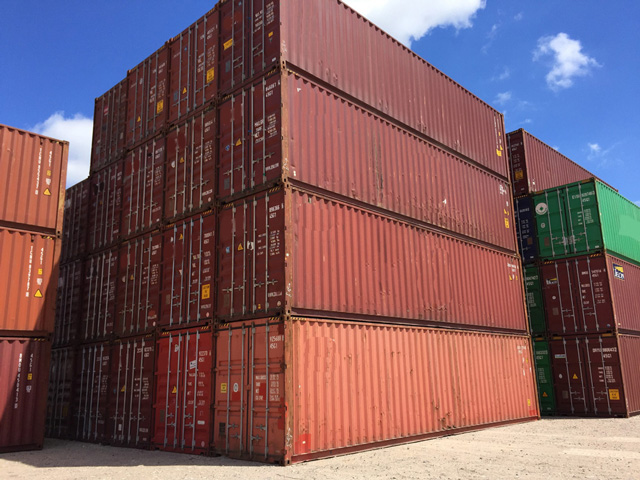Natural disasters strike unexpectedly, leaving devastation in their wake. In such dire times, rapid and efficient disaster relief efforts can make the difference between life and death. Amid the various tools and technologies employed in relief operations, an unsung hero stands tall — the humble shipping container. This article explores the indispensable role that shipping containers play in disaster relief efforts, showcasing their versatility, durability, and ability to provide swift aid to those in need.
Unveiling the Versatility of Shipping Containers
1. Mobile Command Centers:
Shipping containers can be swiftly transformed into mobile command centers. Fitted with communication systems, power sources, and necessary equipment, these containers serve as coordination hubs for relief teams. Their mobility allows them to be strategically placed in disaster-stricken areas, ensuring effective communication and streamlined operations.
2. Emergency Shelters:
The robust structure of shipping containers makes them ideal for emergency shelters. Modified with insulation, ventilation, and basic amenities, these containers offer a safe haven for displaced individuals. Their stackability facilitates the creation of makeshift villages, providing a sense of community during trying times.
3. Medical Clinics:
Equipping shipping containers with medical facilities creates mobile clinics that can be deployed to areas lacking access to healthcare. These clinics play a pivotal role in providing immediate medical attention, preventing the outbreak of diseases, and ensuring the well-being of survivors.
Durability in the Face of Adversity
Shipping containers are designed to withstand harsh maritime conditions, making them inherently durable. This durability translates seamlessly to disaster relief efforts. Resistant to extreme weather, these containers offer secure storage for essential supplies, preventing damage and ensuring that aid reaches those in need in its intended condition. Check out https://www.dreamlandsdesign.com/shipping-containers-in-modern-architecture/ to get more useful information about the role of shipping containers in disaster relief efforts
Swift Deployment and Cost-Efficiency
1. Quick Mobilization:
In times of crisis, time is of the essence. Shipping containers can be rapidly mobilized, transported, and set up, reducing the response time of relief operations. Their standardized size allows for easy loading onto various transport modes, ensuring a swift and efficient deployment.
2. Cost-Effective Solutions:
The cost-effectiveness of shipping containers is a significant advantage in disaster relief efforts. Repurposing existing containers minimizes expenses, redirecting funds to essential supplies and services. Additionally, the longevity of containers ensures a sustainable, long-term solution to aid in the recovery and rebuilding phases.

Case Studies: Shipping Containers in Action
1. Haiti Earthquake (2010):
In the aftermath of the devastating earthquake in Haiti, shipping containers were transformed into medical clinics, schools, and housing units. Their rapid deployment played a crucial role in addressing the immediate needs of the affected population.
2. Typhoon Haiyan (2013):
The Philippines faced unprecedented challenges after Typhoon Haiyan. Shipping containers served as emergency shelters, providing refuge to thousands who lost their homes. Their durability withstood the challenging weather conditions, ensuring the safety of the displaced.
Looking to the Future
As technology evolves, so does the potential of shipping containers in disaster relief efforts. Innovations such as modular container systems and smart container technology are on the horizon, promising even more efficient and responsive solutions in the face of adversity.
In conclusion, the role of shipping containers in disaster relief efforts cannot be overstated. These unassuming metal boxes, designed for global trade, transform into beacons of hope and aid when disaster strikes. Their versatility, durability, swift deployment, and cost-effectiveness make them indispensable assets in the race against time to alleviate suffering and rebuild shattered communities.
